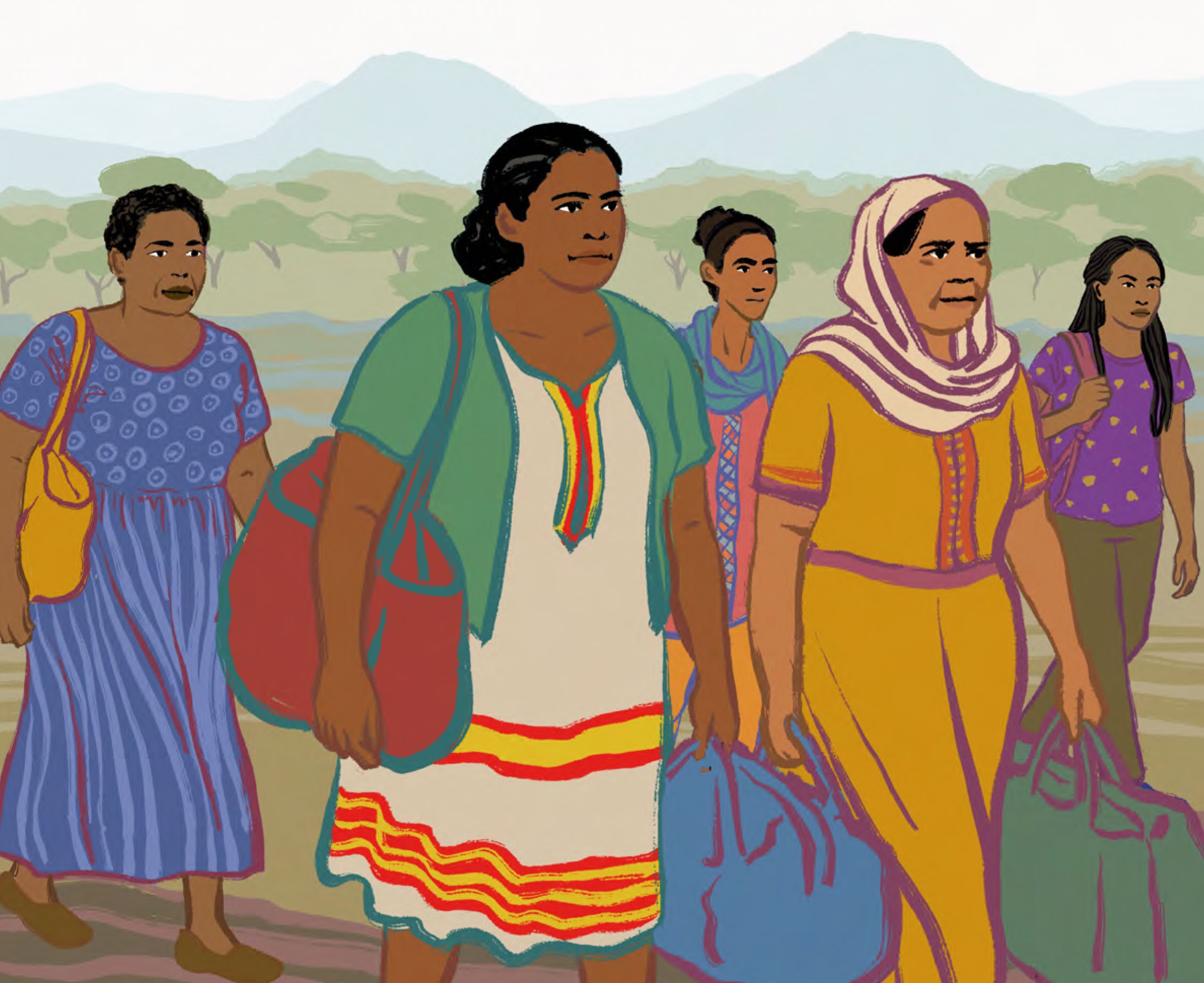
A sharper lens on vulnerability: migrant youth in Sudan & Ethiopia
A statistical analysis
This report looks at the factors that impact the vulnerability of youth who are migrants in Sudan and Ethiopia. Sudan and Ethiopia are important migration crossroads in East Africa, and routes through this region are characterised by a substantial risk of abuse. The study presents a statistical analysis based on data collected in 2022–2023 in Sudan and Ethiopia.
Explore the data used in the report in our interactive dashboard.
Main findings
75% of migrant youth surveyed reported experiencing at least one type of abuse during their migration journey. Results show three main factors associated with the vulnerability of migrant youth:
1. Working to earn money during their journey:
Working during the journey was the strongest predictor overall for the vulnerability of surveyed migrant youth to abuse and harm. According to the results of the regression analysis, migrant youth who worked during their journey were 2.7 times more likely to report experiencing abuse and/or harm.
2. Using a smuggler:
Regression analysis demonstrated that using a smuggler at some point during the journey was one of the strongest predictors for experiencing abuse. Migrant youth who used a smuggler were 1.8 times more likely to experience abuse overall, and they showed greater vulnerability to each of the abuse types. The regression analysis cannot confirm whether the smugglers themselves were perpetrating the abuse
3. Being a national of certain countries:
Looking at incidents of specific abuse or injury, respondents from South Sudan and the Central African Republic tended to show the greatest vulnerability. Witnessing death was reported more often by migrant youth from South Sudan (71%, compared to 15%–41% amongst all other nationalities). Regarding sexual violence, the highest proportions reporting such abuse were found amongst migrant youth from the Central African Republic (78%) and Chad (55%).
Other important determinants were the conflict in Sudan, gender, educational level, whether a respondent started their journey alone or with others, and the duration of their journey. For example, migrant youth who were in Khartoum at the time the conflict broke out in April 2023 were more likely to experience abuse than those who were not.
Methodology
Research findings are based upon 1,588 surveys with migrant youth (aged 18-24) in Sudan and Ethiopia collected from November 2022 to December 2023. Thirteen characteristics (such as gender, nationality, smuggler use, etc.) were analysed as variables that might affect the risk of experiencing a range of abuses, such as robbery, detention, and sexual violence.
Interactive dashboard
 The data collected is part of a two-year East African Migration Route (EAMR) project dedicated to evidence-based programming for children and youth, conducted in collaboration with Save the Children and funded by the Swiss Agency for Development. The data can be explored in our interactive dashboard.
The data collected is part of a two-year East African Migration Route (EAMR) project dedicated to evidence-based programming for children and youth, conducted in collaboration with Save the Children and funded by the Swiss Agency for Development. The data can be explored in our interactive dashboard.
Correction notice
This report was originally published on December 30, 2024. It was updated on 29 January 2025 to correct minor numbering errors in some figures and tables and correct an error. On page 13 the sentence ‘Eritreans reported proportionally more abuse than Ethiopians’ has been corrected to ‘Ethiopians reported proportionally more abuse than Eritreans. Download


